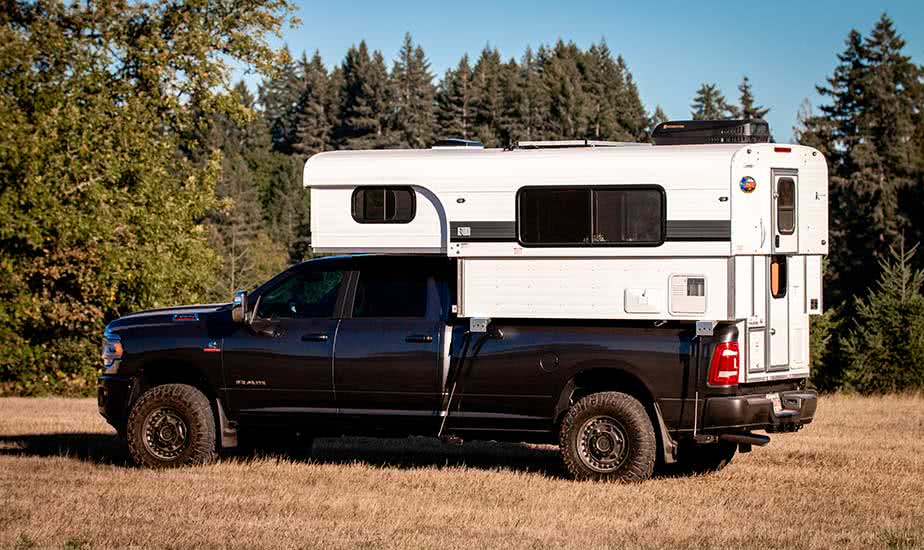fisher_205;
That rig was yours? The one for $8k? Well, I'll be....!
-17 is darned, darned, darned cold. I had to put a sweater on just reading your post.
Did you ever put the second battery in?
I'm starting to think the Alaskan might be the best of both worlds for me. The low profile is good for 'off road', such as I would drive; and while it pops up, it has hard sides, not fabric. A good condition 8 footer would be something I should consider.
I may be able to fabricate some type of stowable/folding enclosure as a shower over the toilet, and plumb hot/cold water to it. Drainage would need to be figured out. If the enclosure could be made to seal fairly firm against the sealing when setting it up, and an exhaust fan was in that ceiling, then steam entry into the camper would be mitigated. A bottom seal on the enclosure would also help, but the execution presents a different problem than sealing against the mostly flat ceiling.
I believe the concept has merit. One of the upper tier (>$150k, IIRC) popups has a setup like this, IIRC; a folding, solid wall shower enclosure.
I also wonder if folding cabinets could be added under the existing camper cabinets. These folding cabinets would be the exact same width, height, depth as the existing cabinets. Piano hinge would affix these new cabinets to the old cabinets thusly; one side of the hinge would be fastened along the length of the bottom front edge of the existing cabinets, and the other side of the hinge fastened along the length of the top front edge of the new cabinets.
Thus, the new bottom cabinet becomes a "folding" ("swinging" would be more precise terminology) cabinet. It swings down and then under the existing cabinets, and is locked into place for use during camp. It swings up and abuts door-to-door with the new cabinet for traveling, being locked in place, of course.
In both positions, "usage" and "travel" the new cabinet is very close to the existing cabinet. The exact distance of closeness would be figured in part by the piano hinge dimensions. But I'm guessing that distance would be around 1/4".
Hmmm......






